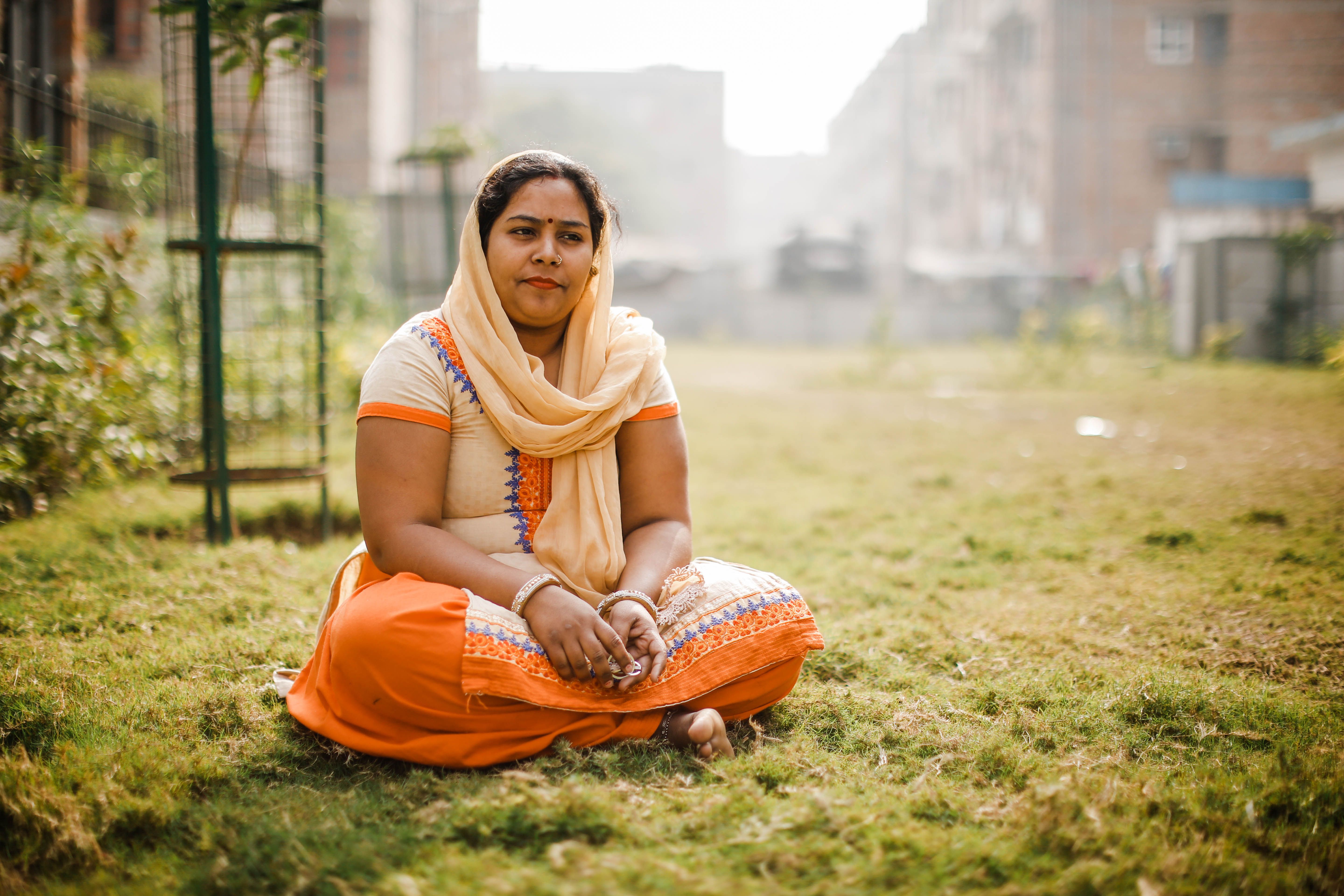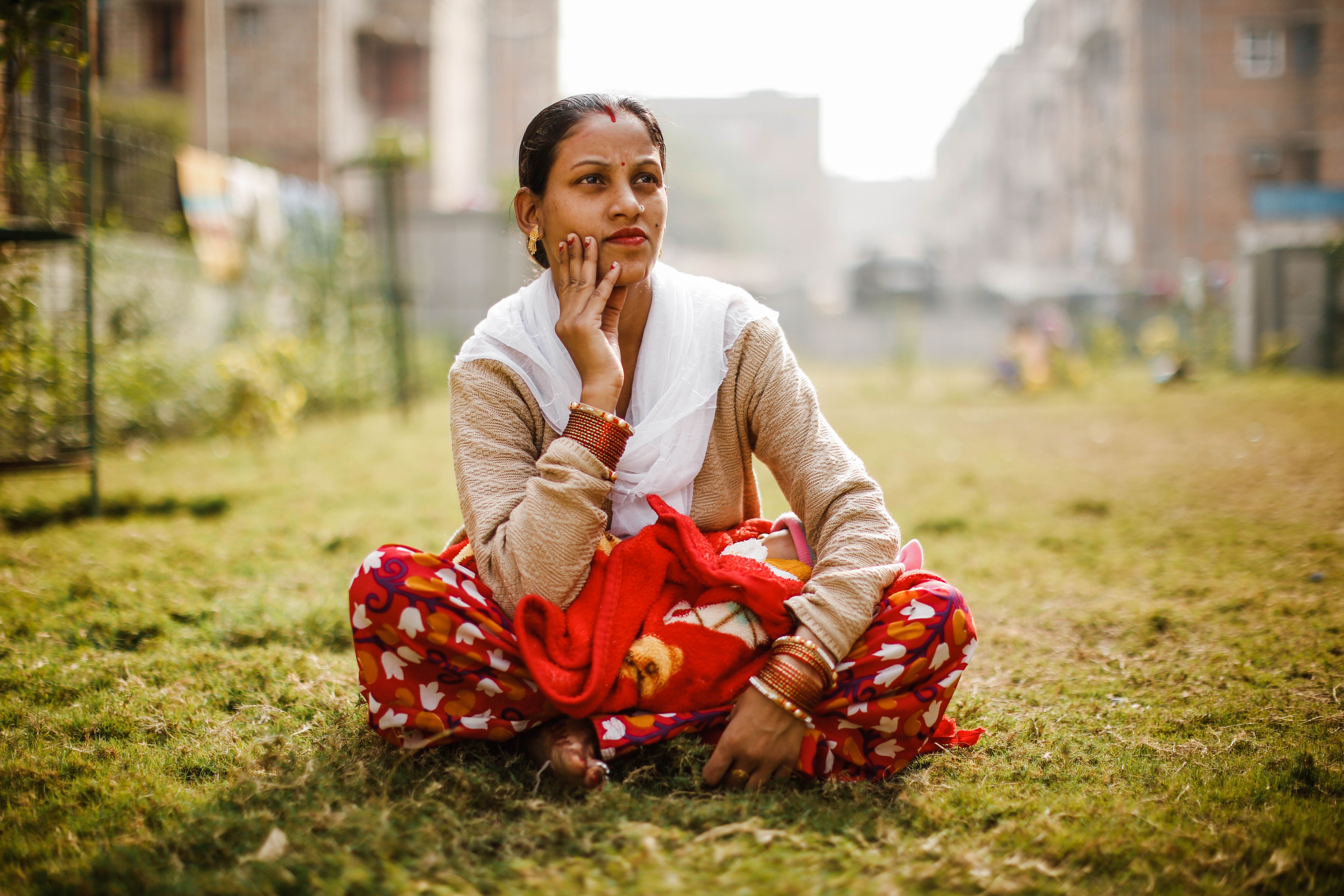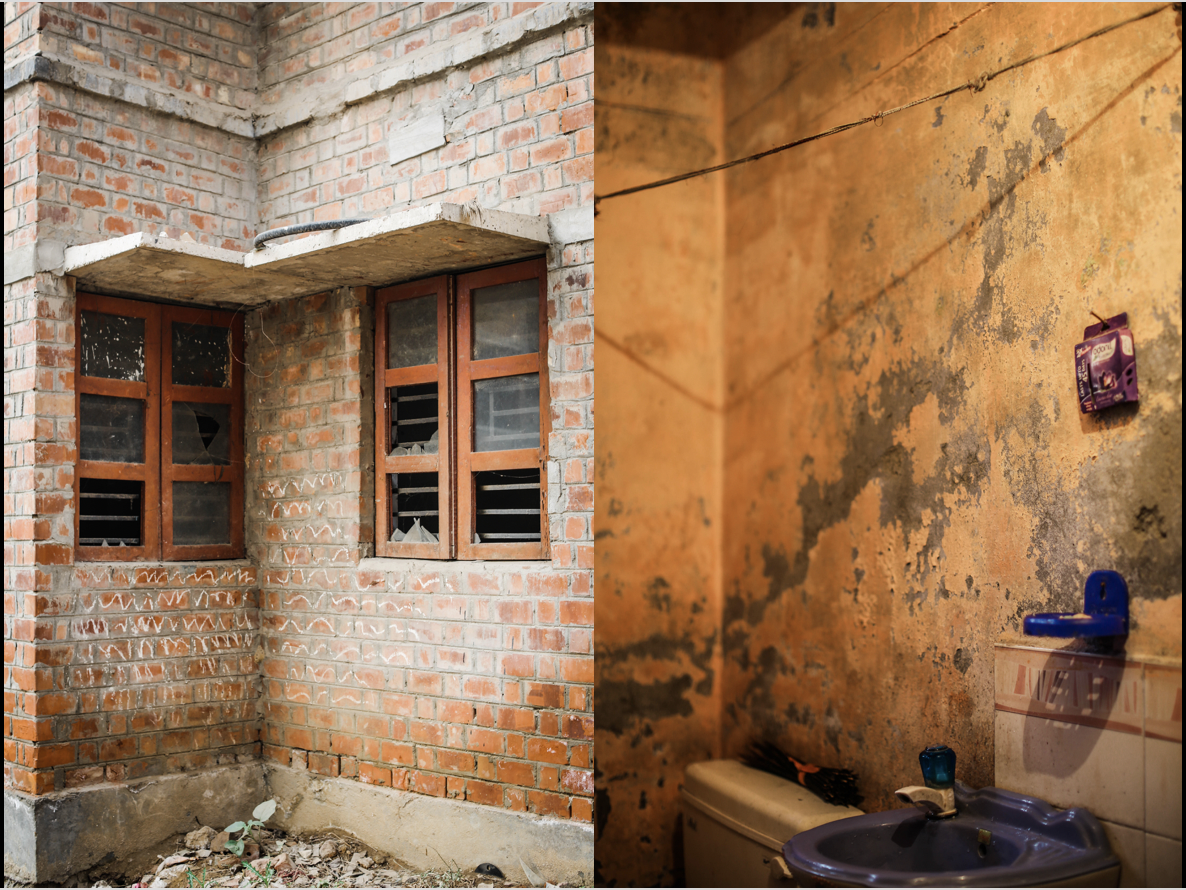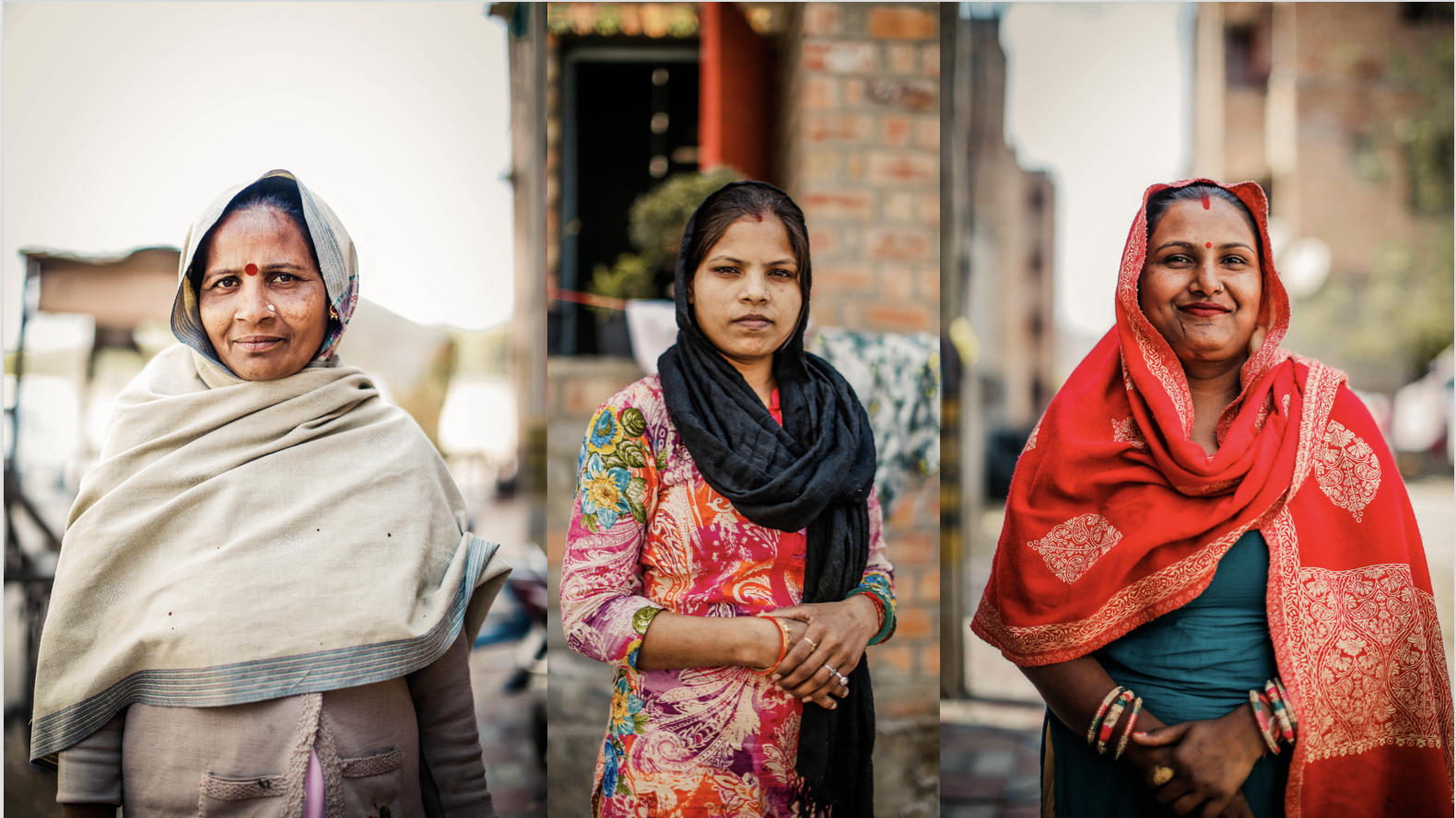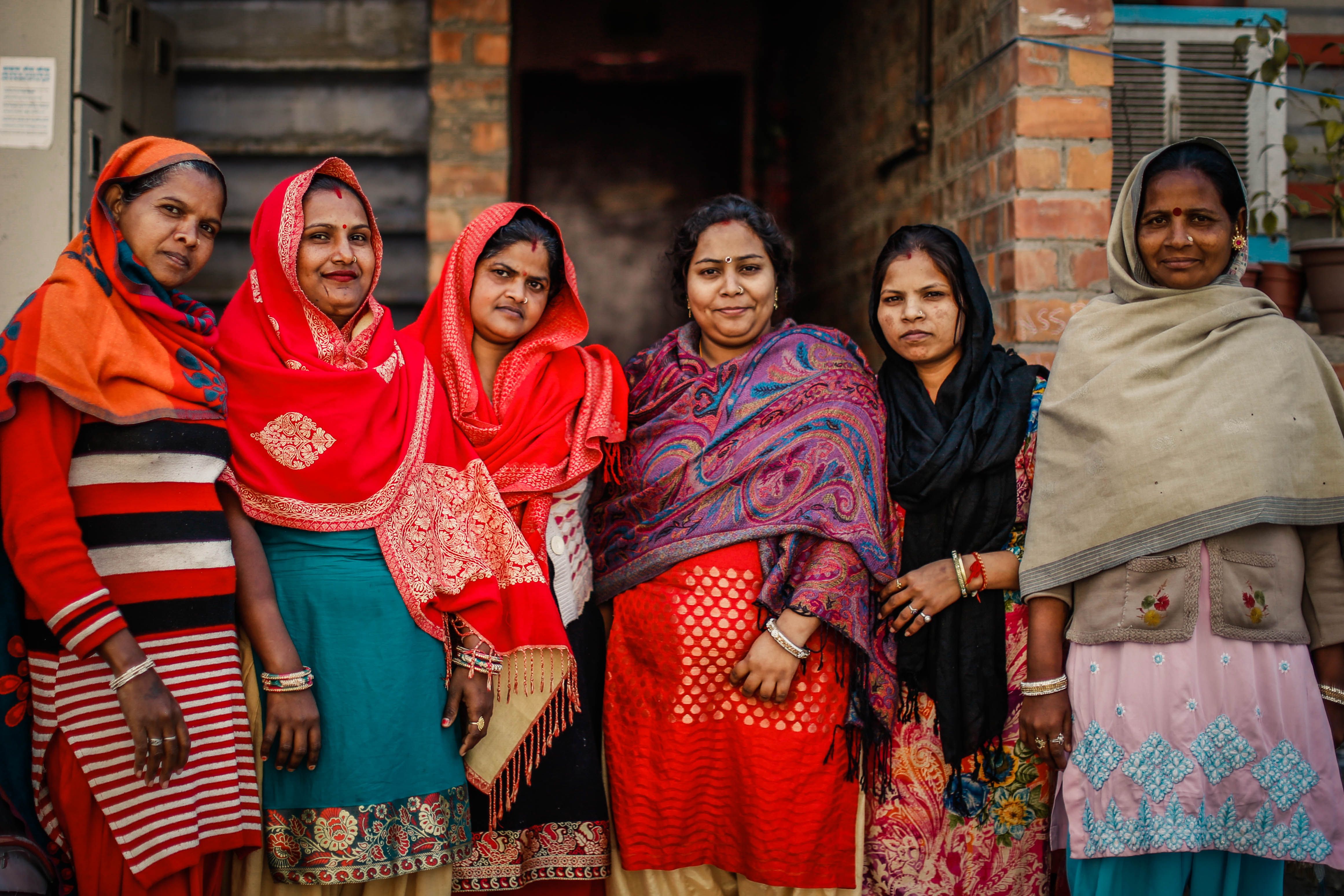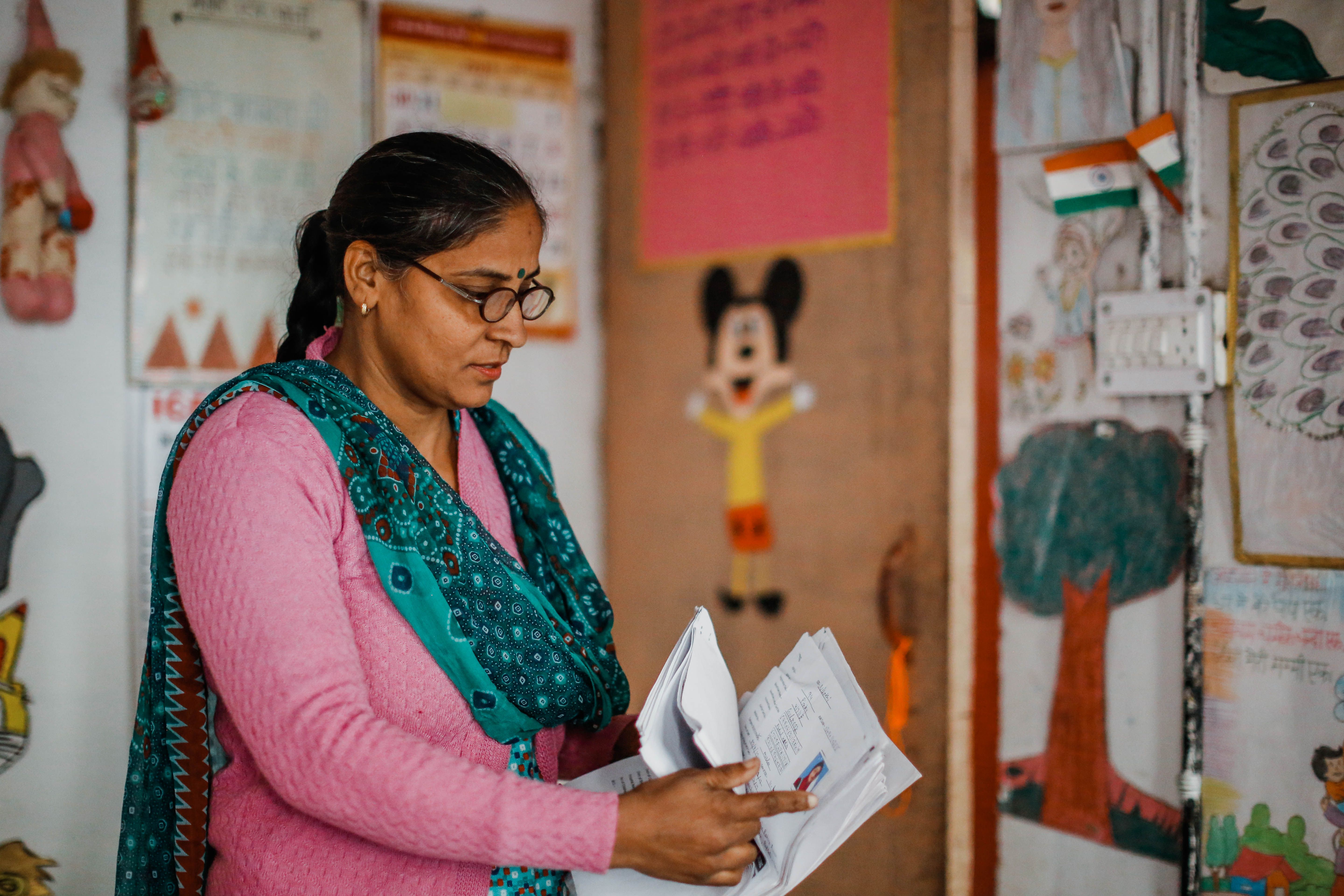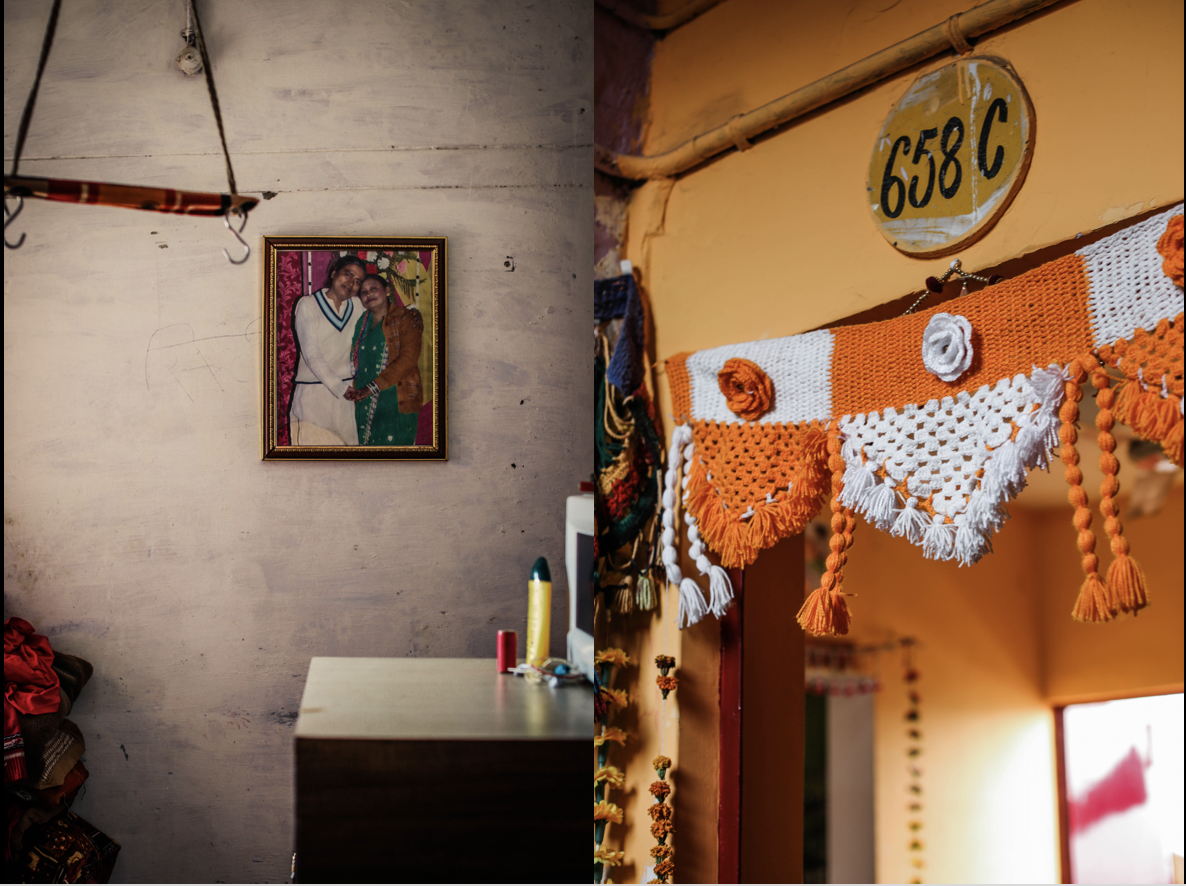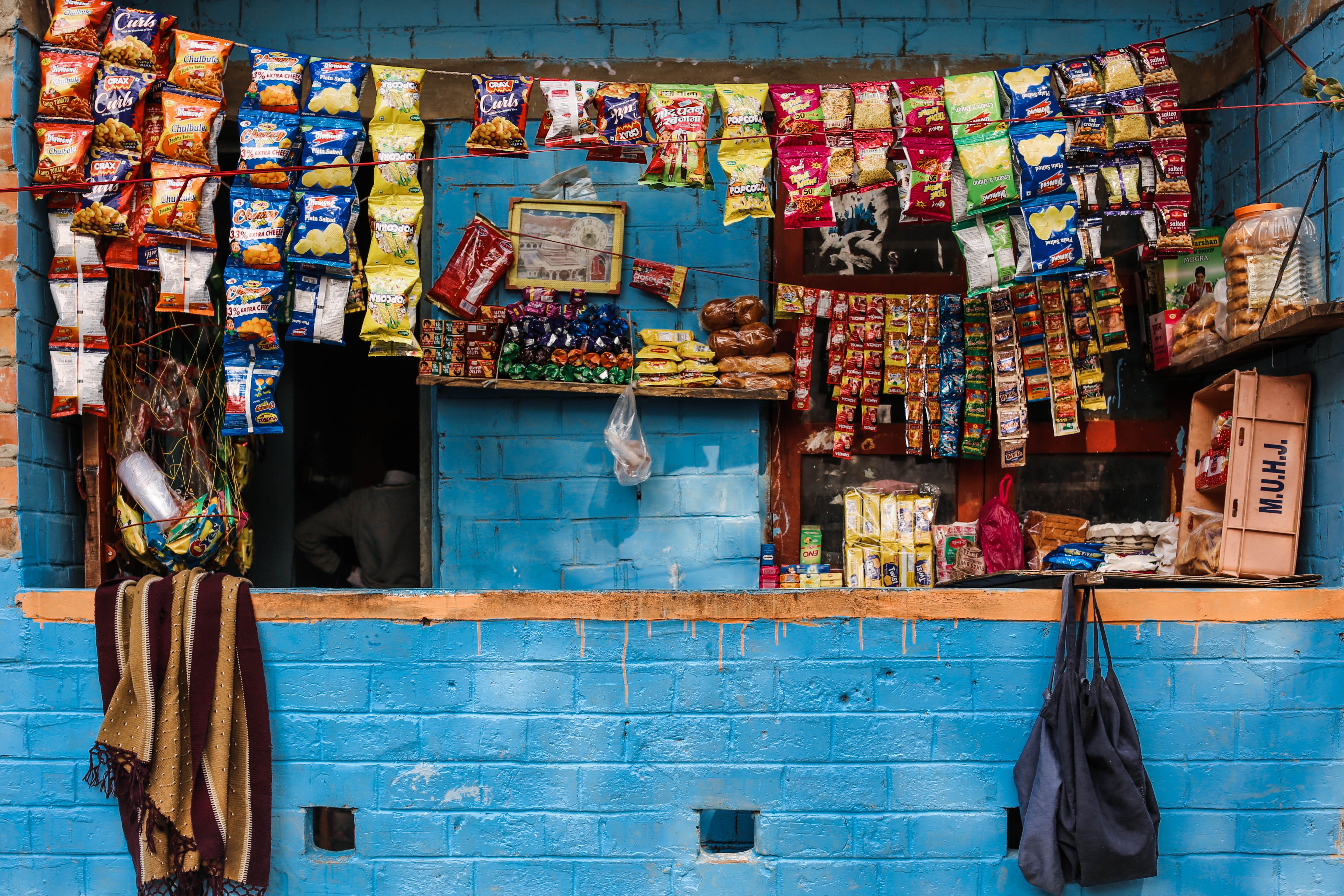“Why did they send us here? Did they send us here to die?” asks Kanchan, one of the 1.2 million Indians living in resettlement colonies across New Delhi.
In Baprola, the government houses several hundred ‘resettled’ families in orderly rows of four-story brick flats.
Pooja, another Baprola resident, wasn’t able to get any form of transportation to take her from the remote colony to the hospital during her delivery so two neighbors ended up delivering her baby in her living room without the expertise of medical professionals.
Problems like flooding and leakage make the flats structurally unstable and often unfit for habitation. One day Rajkumari, a woman who was completing household chores in her flat while her husband was at work, heard the ceiling in her flat start to collapse and moved aside as it fell in, barely surviving.
One of the surprising outcomes of resettlement to places like Baprola, areas plagued with hydra-like infrastructure and access issues, is the rise of female activists who are taking on issues of government negligence and redefining “women’s issues” in the process.
Portraits of three Baprola residents and activists.
Without anywhere else to turn, women turned to the law to get their problems resolved.
Women collect information on which households in which blocks have been experiencing flooding problems and for how long, as a part of a petition to present to the local DUSIB representative. With a written petition and the list of signatures, the women marched to the DUSIB office in the colony.
Getting an anganwadi (child and maternal education and health center) constructed in the colony was one of activists’ biggest victories. Pinky, the anganwadi worker, shows that after the construction of the anganwadi, women in Baprola have started to receive their maternity benefits.
Trinku, the anganwadi helper, stands in the main room of the anganwadi center.
Residents have made these units their own in ways big and small. One flat has a meticulously hand-crocheted orange and white banner above the door, adorned with small crocheted rosettes to welcome guests. Another has a Rajasthan Royals sign outside, declaring the household’s allegiance to the popular cricket team.
Some have turned their front windows into small shops, with strips of paan packets and other small goods for sale. Others have personalized their units with bright neon paint, covering the outside brick facades. For now, Baprola is home.
